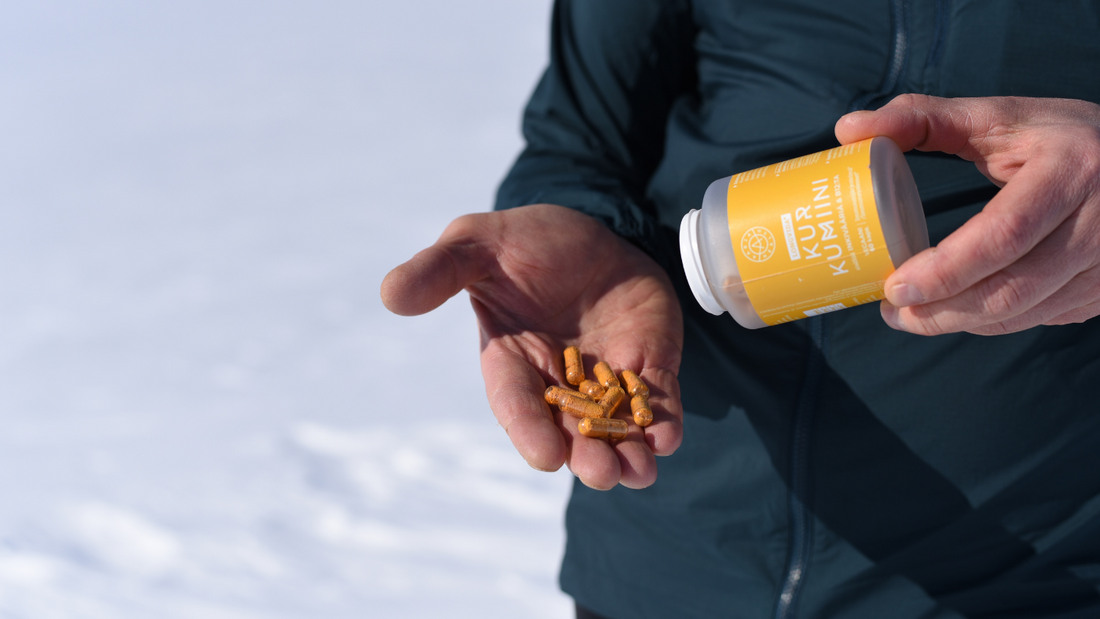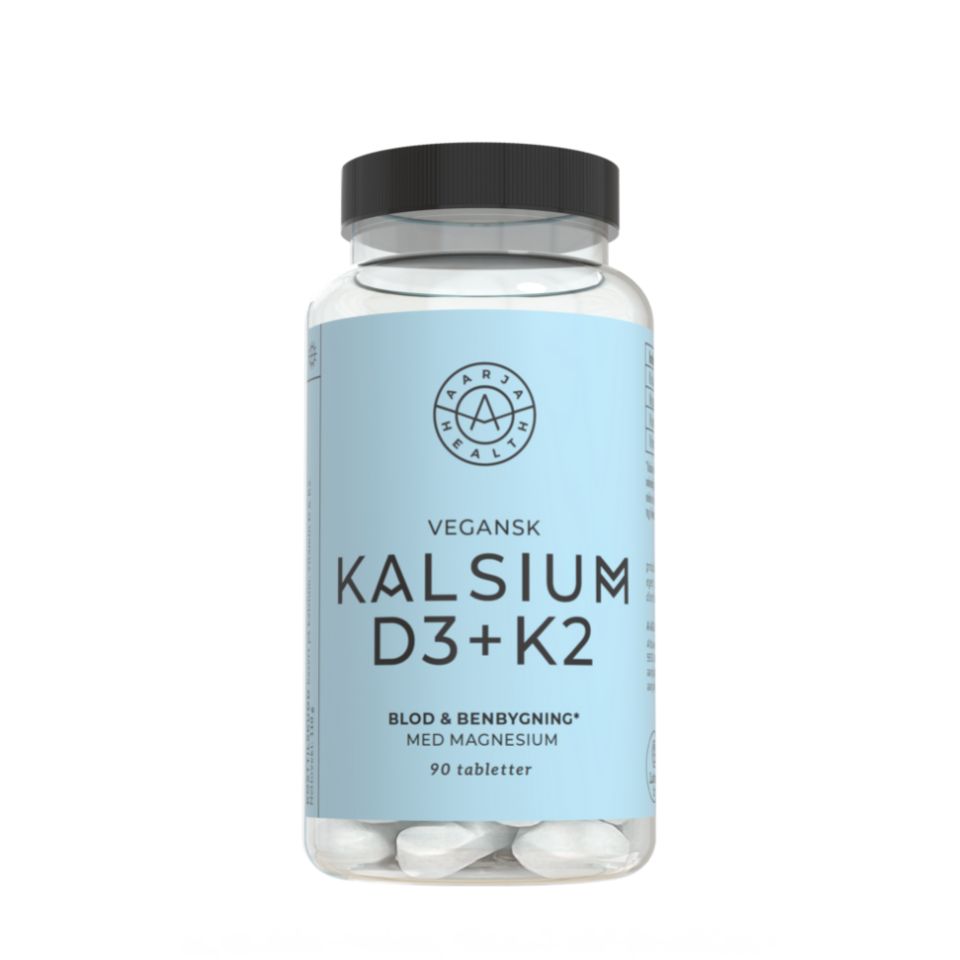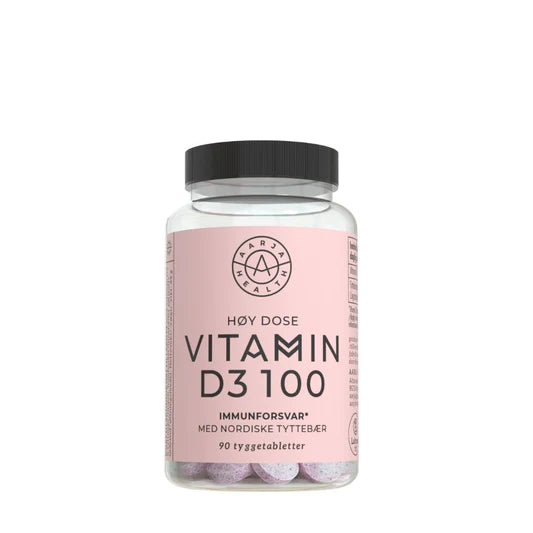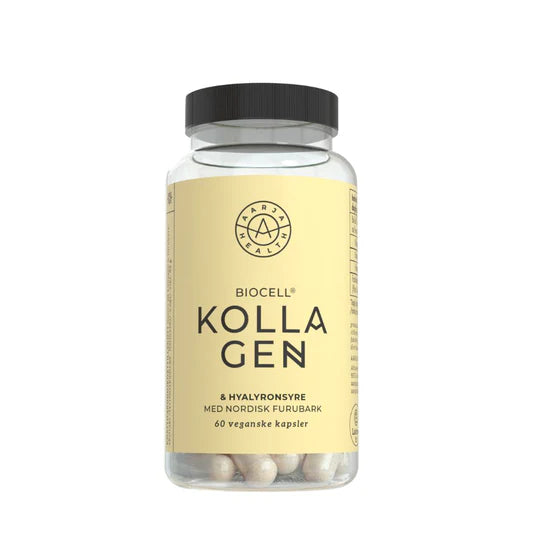
Are you considering going vegan? 7 Useful Tips and Tricks to become Vegan
A major dietary change of any kind can be stressful, especially when it involves eliminating a large group of foods. For many, the transition to becoming vegan is not easy, simply because once all animal products have been eliminated from the diet, many are left with the question "what can vegans eat?"
So now that we're kicking off Veganuary, we thought there's no better way to get started than with a quick guide on how to go vegan!
- Add before you subtract
- Make a slow transition (from omnivore, to vegetarian, to vegan)
- Do your research
- Consider supplementation
- Variety is the key
- Take advantage of whole foods (don't be a bad vegan).
- Always prepare in advance
Should you go "all in" right away or transition slowly?
One of the most common arguments regarding the start of a vegan diet is whether it is better to transition slowly or really go "all in" on all levels right away. There are arguments for both approaches, and our answer is simple - it depends on the person. If you find dietary changes difficult and have had trouble sticking to them in the past, it's probably best to take it easy on the vegan diet. That way, you can get used to the changes over time, and it won't feel like such an overwhelming process. If, on the other hand, you're the kind of person who does everything or nothing, there's nothing stopping you from transitioning faster. In either case, the key to success is paying attention to how you feel throughout the transition and adjusting your diet (and approach) accordingly. So, without further ado, here are some of our top tips for starting a vegan diet!
Add before you subtract
Adding foods before removing them from your diet is a great way to ease a dietary transition, especially when it's a big change to be made. All you have to do is look at what you are currently eating and compare it to what the vegan diet contains. Are there foods in the vegan diet that you've never tried or don't know how to cook? Are there any foods you don't know about? Taking a moment to compare the two diets is a good way to determine what changes need to be made. Once you've discovered any differences, you can start adding the vegan foods to your current diet. This way you can learn what you like, what you don't like, how to use new ingredients, how to cook them, etc.
Then, once you feel comfortable with the supplements, you can start removing non-vegan foods from your diet. It is at this point that you need to decide if you want to eliminate everything at once or one food group at a time (eg dairy first, then meat, etc.). Although the process of addition before subtraction takes a little longer, it gives you a greater adjustment period so you're not left wondering what you can or can't eat. This not only increases the likelihood that you will stick to the diet long term, but also makes the transition much less stressful as it makes for a less restrictive change.
Make a slow transition (from omnivore, to vegetarian, to vegan).
For those of you who aren't enthusiastic about making a big dietary change all at once, one of the easiest ways to go vegan is to make a slow transition to veganism. You can start by becoming a pescatarian (a vegetarian that includes dairy products, eggs, fish and shellfish). After that, you can transition to becoming a vegetarian (someone who does not eat meat from animals but may include dairy and egg products). Finally, the next step would be to transition to veganism, where you would then eliminate the dairy and egg products from your diet as well. This transition method can once again feel less restrictive, making the dietary change feel less overwhelming.
Do your own research
When making any major changes to your diet, it is extremely important to do your own research, for several reasons! The first thing is that you need to understand what you can eat so that you can plan accordingly. What will your proteins be? What about your healthy fats? Where to look for specific nutrients? You should understand the answers to these questions so you can make sure you are getting the nutrients your body needs. The other reason to do your research is that some diets are associated with increased risk factors for certain health conditions, while others are contraindicated for people with certain diseases. So understanding the purpose of the diet, who the diet is best for and what warning signs to look for is a good way to protect yourself against nutritional deficiencies. Last but not least, if you're not sure if a diet is right for you, the best way to find out is to talk to a professional, such as a dietitian or nutritionist with experience in the field.
If you're looking for information to get you started, Veganuary offers great resources like food tips and recipes.
Important with dietary supplements
As mentioned, certain diets are associated with certain risks. The main one for veganism is vitamin B12 deficiency, since our main sources of B12 are animal products. Other deficiencies to be aware of are iron, calcium and omega-3, but these can be found in plant-based sources such as legumes, beans, lentils, leafy greens and oils (eg flaxseed). It just so happens that Aarja Health has great vegan supplement options for Vitamin B12, Calcium, Omega3 Fats so you can stock up when you decide to make the switch! Following a diet properly and doing your homework ahead of time can ensure that deficiencies do not occur.
Variety is the key
In all diets, variety is absolutely essential. Why? Because a diet with a large variety of foods provides the greatest variety of nutrients in varying levels. That way, you're likely to have all your bases covered when it comes to nutrient (and micronutrient) intake. In the vegan diet, a good way to ensure variety is to "eat the rainbow", which means you should try to eat a variety of plant-based foods in a wide range of colors (green, yellow, orange, purple, etc.).
Take Advantage of Whole Foods (Don't Be a Bad Vegan)
There is veganism - a plant-based diet with whole foods - and there is bad veganism - a plant-based diet full of vegan (but highly processed) junk food. For example, some potato chips, granola bars, popcorn and frozen fake meats are vegan options, but if the diet is filled with these types of foods, it will certainly not provide any long-term health benefits. So when you make the transition to veganism, focus on nutritious, whole, unprocessed foods. In this way, you reap all the health benefits of a plant-based diet.
Always prepare in advance
Finally, prepare! When any change in diet is made, it can be difficult to know what to eat at a glance. For example, if you have a busy day at the office and need a quick snack, you may not have something to go to immediately in mind. This can make the transition stressful and make the long-term success of the diet difficult, which is likely the opposite of what you want to achieve. Instead, plan ahead - make a grocery list, prepare for the unexpected, and have some "just in case" groceries on hand so you'll never be left wondering what to eat!
Diet changes can be difficult, but with good preparation and a few tips to help you along the way, the process can be much easier! If you want to know more about Veganuary or the benefits of going vegan, you can read our latest blog post "When Carnivores Become Vegans: An Introduction to Veganuary in Veganuary". If you are ready to join us in Veganuary, it is of course a great opportunity to fill on with our Vegan Collection for a carefree journey into veganism.





